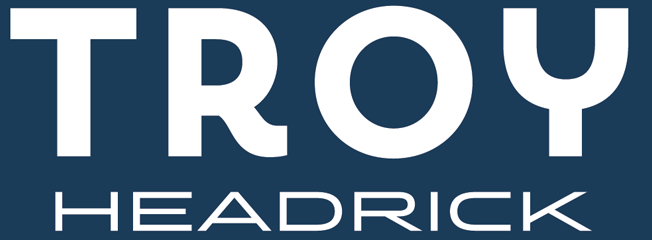Our Educational Funding Crisis: Watch for Manufactured Division
Friends and neighbors,
I will have a more detailed discussion on my policy priorities soon. Ahead of that, I want to apply some very specific focus to the education funding crisis we will most certainly be asked to consider soon into the new session.
Our education funding process needs correction. As we move into this process, we must remain mindful and deliberate to avoid over-correcting — something that often happens when we collectively realize a system isn’t as functional as it should be. It’s easy to get lured into a knee-jerk, fix-all “solution” that simplifies complex problems with broad campaign rhetoric, particularly when words like “affordability” dominate the conversation.
Vermont has built a public school funding model that prioritizes fairness and recognizes the unique challenges facing different communities. It’s a model that doesn’t just count students — it weighs their needs. This weighted system ensures that schools with higher numbers of students living in poverty, English language learners, and other vulnerable populations get the resources they need to help all students thrive. This is critical, especially in our less wealthy towns and cities.
I’m increasingly concerned that this critical system — one that serves communities like Burlington — could be at risk. As we enter a new legislative session, some players may feel emboldened by what they perceive as a mandate for sweeping overhaul.
Recently, outside consultants and analysts have started broadcasting recommendations for “efficiency” in Vermont’s public education system. On paper, their data may look sound. But when we dig deeper, it often fails to account for Vermont’s unique realities. Vermont isn’t California. Vermont isn’t Texas. We’re not New York. Our state has small, rural schools that are lifelines to their communities. We also have districts like Burlington and Winooski, where student needs are deeply tied to challenges such as poverty and language access.
In rural Vermont, consolidation often comes with punishing trade-offs: students spending hours every day on long bus rides, schools disappearing as community hubs, and families losing connections that make rural life work. I know some in Burlington view consolidation as part of the solution to urban challenges. These are fair conversations to have, but we can’t lose sight of the real fight — protecting Vermont’s commitment to equity through the weighted funding system. This means equity for all of Vermont.
If we allow this debate to be sidelined by a redirection to false choices that are becoming weaponized between “efficiency” and “consolidation,” we risk losing focus on what matters most: equity. When weighted funding is threatened, it’s not just Burlington students who lose — it’s rural families, too.
This is where our interests align. We must stay alert to attempts to divide us or play the zero-sum game of polarization. Urban and rural Vermont both depend on a fair funding model that weighs the legitimate needs of our children — needs that have been validated time and time again. If we let equity be sidelined in the name of “efficiency,” we all pay the price, leaving behind Vermont’s most vulnerable students.
Broad calls for cost-cutting and consolidation — framed as solutions to “overspending” — fail to address these realities. Instead, they threaten the very commitments to equity that have defined Vermont’s public education system. When efficiency becomes the goal, equity often becomes sidelined — if not disregarded altogether. And when equity is sidelined, the students who need our support the most are the first to pay the price.
We cannot let that happen. In Burlington, where our schools serve a large population of English language learners and families living in poverty, the weighted funding system is not just policy — it’s a lifeline. It provides critical resources for students to learn, grow, and succeed. Without it, we risk abandoning the very families who rely on us the most.
I want to state my commitment clearly: I will not quietly allow efficiency to become an excuse for inequity. I am fully invested in protecting Vermont’s weighted funding system and ensuring it continues to serve every student in Burlington and across our state.
Our values demand it. Our kids deserve it.
As this conversation develops, let’s not lose sight of what’s at stake. Equity isn’t optional. It’s essential.
